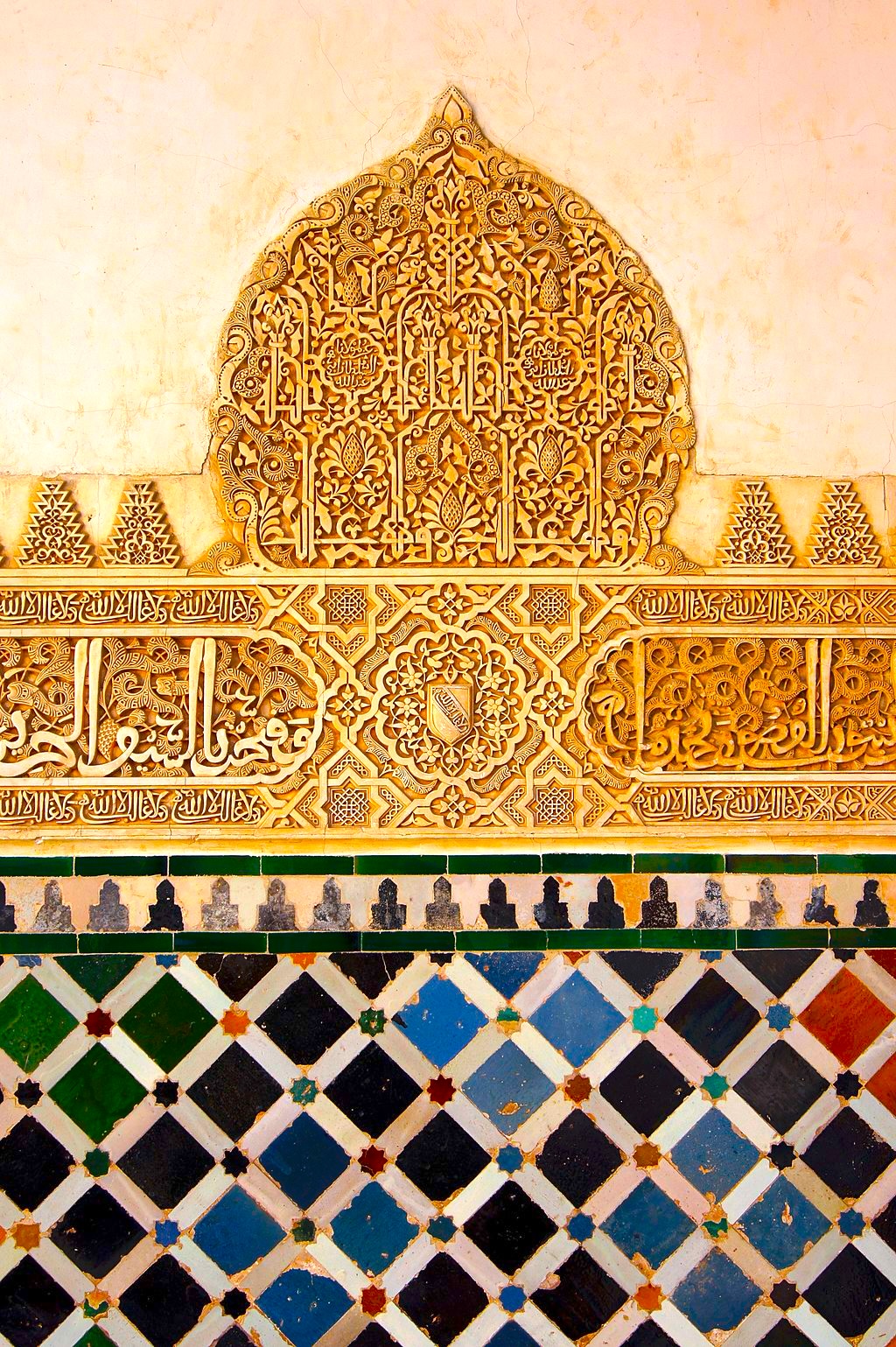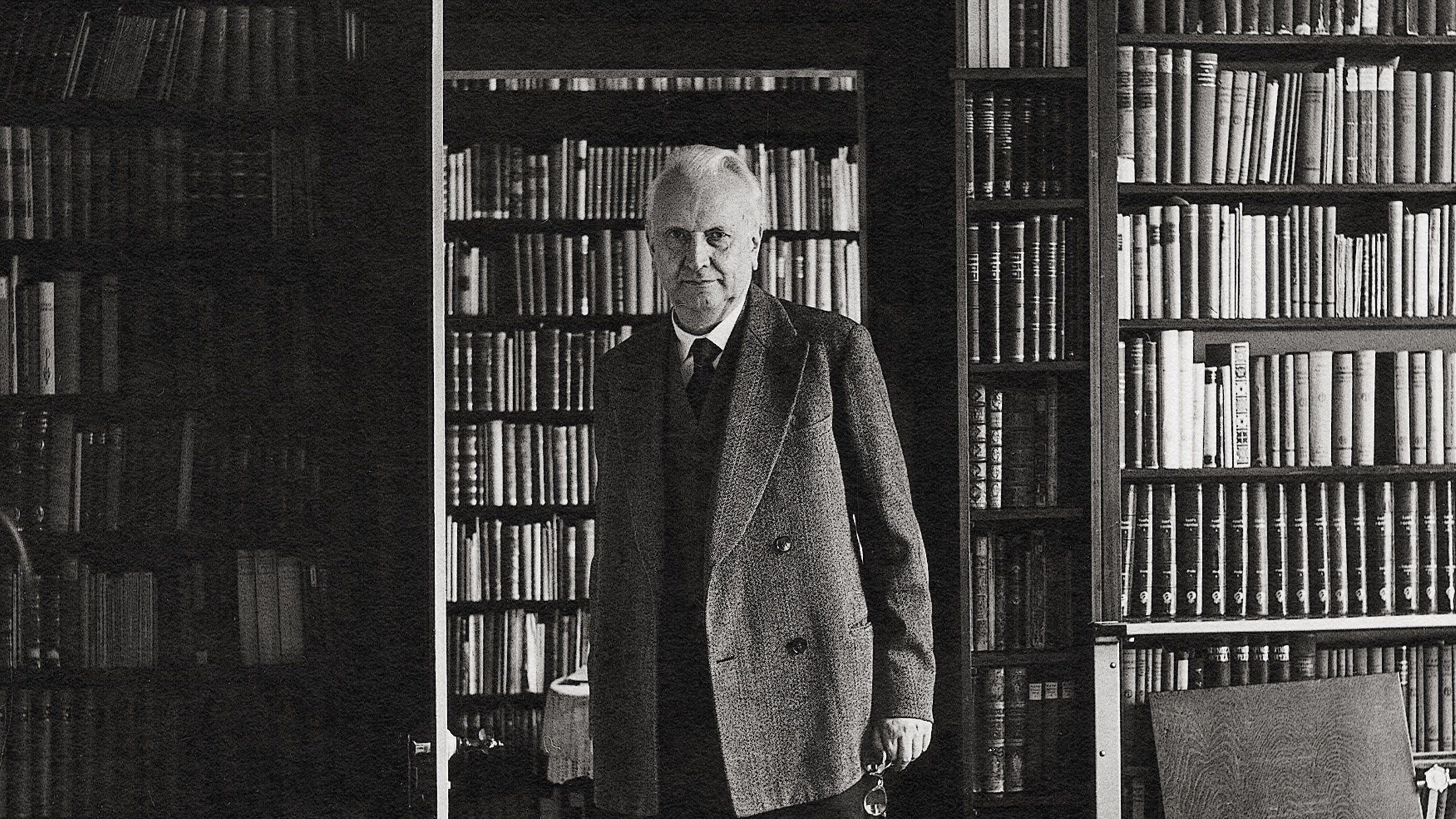Why every long-term investor should study ancient architecture

- The Pantheon in Rome serves as a reminder that true longevity is rooted in careful planning, innovation, and a vision that extends beyond the immediate.
- Rock-solid foundations — like those beneath Notre-Dame in Paris — are key to longevity.
- For businesses, a culture of craftsmanship combined with adaptability can foster resilience. Nintendo, founded in 1889, embodies this principle.
The Pantheon in Rome — completed almost 2,000 years ago — stands as one of the greatest engineering marvels of the ancient world. The structure is a testament to human ingenuity and careful planning. And its architecture, in particular, could hold a few key insights for any modern business leader or investor looking to build something enduring.
Consider, for instance, how the Pantheon’s architects used a form of Roman concrete (opus caementicium), which combined volcanic ash (pozzolana), lime, and water. This mix made the concrete both durable and lighter, essential for supporting the massive dome. Coffering, or recessed panels, reduced the dome’s weight — and added structural support. The project took over a decade to complete, requiring a commitment to both craftsmanship and materials that would endure. It’s safe to say Rome was quite literally not built overnight — and certainly, the Pantheon’s lasting power suggests that good things truly do take time.

In fact, the Pantheon’s endurance is so remarkable that a team of investigative geologists from MIT, Harvard University — and laboratories across Italy and Switzerland — actually published a study on ancient Rome’s concrete. “Because of this proven longevity on the order of millennia,” the researchers wrote, “these ancient construction materials are attractive model systems for… modern engineering applications.”
Perhaps modern leaders could learn something from the report. The Pantheon’s enduring strength is a powerful reminder that true longevity is rooted in careful planning, innovation — and a vision that extends beyond the immediate. But the Pantheon is not alone. Many ancient architectural masterpieces hold timeless insights for creating lasting structures — whether in architecture, business, or investing.
Here, we explore a few more of those key principles.
The value of stability over constant growth
Any first-year architecture student understands the value of stability to any structure’s survival. And rock-solid foundations — both literally and figuratively — are key to longevity. Consider a Gothic cathedral like Notre-Dame in Paris, whose construction began in 1163 and spanned over 180 years. Generations of builders worked on these monumental projects, each phase completed to ensure the structure could endure. Notre-Dame has survived wars, fires, and natural aging — most recently, the devastating 2019 fire — thanks to its stable foundations. (Its re-opening is scheduled for December.) Notre Dame’s walls, constructed from Lutetian limestone — a durable material resistant to erosion — were reinforced by flying buttresses to bear heavy loads and to disperse stress, which preserves the structure through extensive damage.
In engineering, load-bearing systems are designed to distribute weight and withstand pressure, ensuring structural stability over time. In a modern business context, adopting a “load-bearing” approach means creating systems, processes, or teams that effectively distribute responsibilities and manage pressures across the organization.
Similarly, Hagia Sophia in Istanbul, built in 537 AD as a Byzantine cathedral, stands as another testament to stability. Its massive dome was made possible by using lighter materials like brick and mortar rather than heavy stone. Builders incorporated crushed brick and ash into the mortar, creating a more flexible structure that could absorb shocks from frequent earthquakes. Despite multiple regime changes, earthquakes — and structural repairs following early collapses — Hagia Sophia’s foundational engineering has allowed it to stand resiliently for nearly 1,500 years.
For companies, stability over relentless growth offers a similar advantage. Businesses grounded in long-term principles — a clear mission, enduring values, and customer relationships — are often more resilient than those chasing rapid expansion or short-lived trends. And just as stability forms a crucial foundation, so too does craftsmanship — the attention to detail and commitment to quality that imbue an organization with lasting strength.
Craftsmanship as a strategic advantage
The Kiyomizu-dera Temple in Kyoto, built in 778 AD and reconstructed in 1633, is a stunning example of exceptional craftsmanship that has led to resilience over time.
Standing without a single nail, Kiyomizu-dera relies on sophisticated joinery techniques that enable the temple to flex and absorb seismic shocks — a critical feature in earthquake-prone Japan. Achieved through meticulous craftsmanship, this resilience has allowed Kiyomizu-dera to withstand over 1,200 years of natural challenges.
Similarly, the Alhambra in Granada, Spain, built in the 13th century, showcases intricate craftsmanship through mosaics, latticework, and tile art, crafted with painstaking precision. This attention to detail not only elevated the Alhambra as a center of Islamic art and culture — but also ensured its durability. For businesses, a culture of craftsmanship — combined with adaptability — can foster resilience.

Nintendo, founded in 1889, embodies this principle through its dedication to meticulous craftsmanship across everything it does. From its early days as a playing card company to its evolution into video games, Nintendo has consistently emphasized quality and precision above all else.
This commitment is evident in its products, from the Game Boy and Wii to the Switch — each designed with an attention to detail that goes beyond mere functionality, creating experiences that resonate with users. Nintendo’s approach reflects a craftsman’s mindset: careful design, iterative testing, and a relentless pursuit of quality.
The company famously holds its products to exceptionally high standards, often delaying releases until they meet its exacting requirements. This commitment to excellence has enabled Nintendo to preserve its identity while navigating industry shifts, all without succumbing to fleeting trends. By maintaining a focus on thoughtful, durable design and user-centered experiences, Nintendo’s culture of craftsmanship has allowed it to thrive in the competitive tech landscape — demonstrating resilience akin to that of enduring architectural masterpieces.
Purpose and identity: foundations of longevity
Just as Nintendo’s commitment has anchored it through changing trends, enduring structures like the Taj Mahal reveal how a clear purpose and mission can resonate across generations. The Taj Mahal, completed in 1653, is an architectural marvel and a symbol of love, with every detail designed to inspire awe. The clarity of purpose behind the Taj Mahal’s creation has resonated for centuries, attracting millions of visitors each year and cementing its place as one of the world’s most celebrated works of architecture.
A defined purpose or mission is crucial for companies as well. A strong identity — whether focused on environmental protection, innovation, or community — can anchor a business through economic downturns, leadership transitions, and shifting customer expectations. For instance, The Hudson’s Bay Company (HBC), founded in 1670, offers a powerful example of purpose-driven resilience. Its mission of exploration shaped its long-term identity. Initially established as a fur trading enterprise, Hudson’s Bay anchored itself with a powerful directive to serve and connect communities across North America.
This clarity of purpose helped the company evolve into a diversified retail giant, guiding it through centuries of war, economic upheavals, and shifting consumer needs. By staying true to its founding principles of service and trade, HBC has remained relevant for over 350 years — adapting its offerings as consumer needs evolved. The company is a testament to the idea that a clear mission can be a stabilizing force amid change and uncertainty.
A few key takeaways
- Prioritize stability over rapid growth. Just as ancient structures rely on solid foundations, businesses and investment strategies benefit from focusing on stability rather than quick expansion.
- Embrace simplicity as a source of strength. Simple architectural forms, like the Parthenon’s Doric columns, endure by resisting unnecessary complexity. In business, streamlined models and clear missions are often more resilient.
- Adapt without compromising core identity. The Great Wall evolved without losing its core purpose. Similarly, businesses that adapt while maintaining core values can thrive over generations.
- Craftsmanship as a competitive advantage. High-quality, thoughtfully made products build a brand’s long-term value, much like the precision in Kiyomizu-dera Temple’s construction ensures resilience.
- Anchor success in purpose and identity. The Taj Mahal’s timeless appeal is rooted in its clear purpose. Similarly, companies with strong, purpose-driven identities develop lasting appeal that resonates with customers and supports them through shifts.
In a world often focused on the ephemeral, these architectural lessons remind us that true success lies in what endures.






